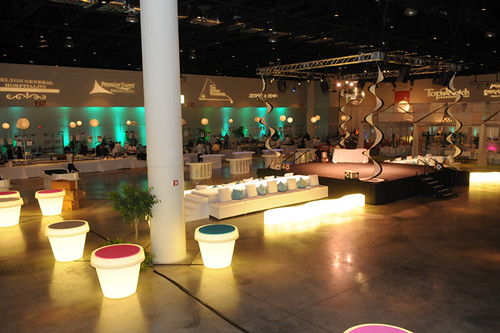
You often need perseverance and a clear voice to get guests in to dinner, especially if you have a crowd. The host should announce with authority that dinner is ready and then take a couple of guests by the arm and lead them into the dining room. Don’t worry about interrupting someone’s conversation. After all, it is a dinner party. After you start the procession, drop back to the rear and round up the stragglers. Leave drink glasses behind as you go into dinner. If the party is informal, though, and you are drinking wine, it is fine to carry your wine glass with you to the table, although you will probably find fresh glasses there.


